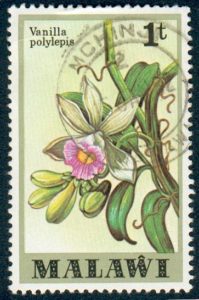Micronutrient deficiencies continue to take a toll on global health. Deficiencies of the minerals calcium, iron and zinc impact vital bodily functions including bone strength, oxygen transport and the immune system. At the same time coffee, which is not known for its content of important micronutrients, is “the most consumed food product worldwide”. How can it have taken so long to create fortified coffee?
Scientists in Brazil (where they have an awful lot of coffee) recently announced the results of fortifying ground, roasted coffee with calcium, iron and zinc. Ten trained coffee tasters evaluated a series of mineral salts and chose the two best-tasting salts for each mineral. Despite a slight metallic aftertaste for even the best salts, and a greenish colour for the iron-fortified coffee, the tasters found the fortified coffee acceptable.
Inductively Coupled Plasma Optical Emission Spectrometry revealed that each fortified brew, based on both Coffea arabica and C. canephora, contained greater amounts of the minerals than unfortified brews. Espresso consistently contained higher concentrations than drip coffee made with either a paper filter or a nylon filter.
The average Brazilian woman would obtain 7.4% of the USDA recommended daily intake of iron from fortified coffee. Men would get 16.7% of the RDI for iron. Equivalent figures for zinc are 4.6% of the RDI for women and 3.3% for men. Calcium is harder to assess, because “acute consumption of caffeine can increase the urinary excretion of this mineral and reduce bone formation”.
Having established that they can fortify coffee with important micronutrient minerals, the researchers now plan to investigate the use of nanoparticles, rather than soluble salts, and to examine “consumer acceptance, stability during storage, and microbiological safety”.

